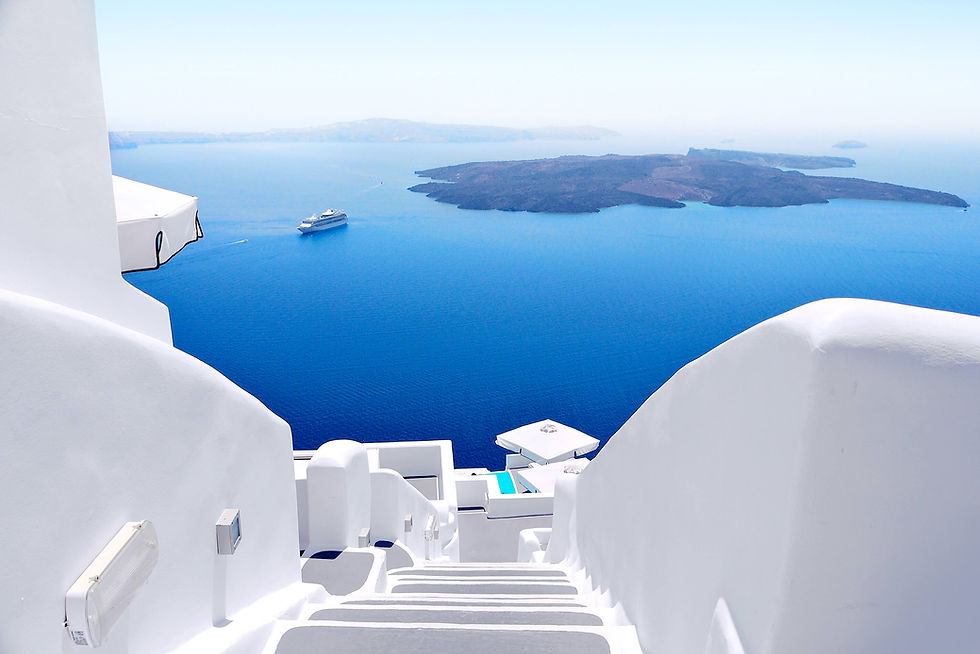Ancient Graffiti and the 3rd Temple
- eitanmorell
- Oct 28, 2014
- 2 min read

This past Shabbat we read the special haftara for when Shabbat and Rosh Chodesh coincide. We read from Isaiah 66. In this chapter we read the following pasuk. "
וּרְאִיתֶם וְשָׂשׂ לִבְּכֶם וְעַצְמוֹתֵיכֶם כַּדֶּשֶׁא תִפְרַחְנָה, וְנוֹדְעָה יַד יְהוָה אֶת עֲבָדָיו וְזָעַם אֶת אֹיְבָיו "
” And when ye see this, your heart shall rejoice, and your bones shall flourish like young grass; and the hand of the LORD shall be known toward His servants, and He will have indignation against His enemies. "
The southern part of the kotel wall was excavated by renown archeologist Binyamin Mazar. As he dug down he found the first part of this verse written on the wall, ancient graffiti. Who wrote this and why? Mazar found the graffiti at a place on the wall that was about at eye level in the 4th century. This led him to the theory that it was perhaps written at the time of the Roman Emperor Julian who reigned from 355- 363. He was known as "The Apostate" because he wanted to restore paganism as the state religion at a time when Christianity was already the state religion. As part of his attempt to uproot Christianity he tries to strengthen his ties with the Jews around the Empire. In 362 Julian publicly announced that he will allow the Jews to return to Jerusalem and rebuild the temple and even promises financial support for the project. There was tremendous excitement amongst the Jews and this is in fact the most serious attempt to renew the service in the temple since the Bar Kochva revolt.
Mazar thought the excitement of that period led to this graffiti. In fact, the rebuilding of the temple started but did not get very far because less than one year later in 363 Julian was killed in battle with the Persians.









Comments